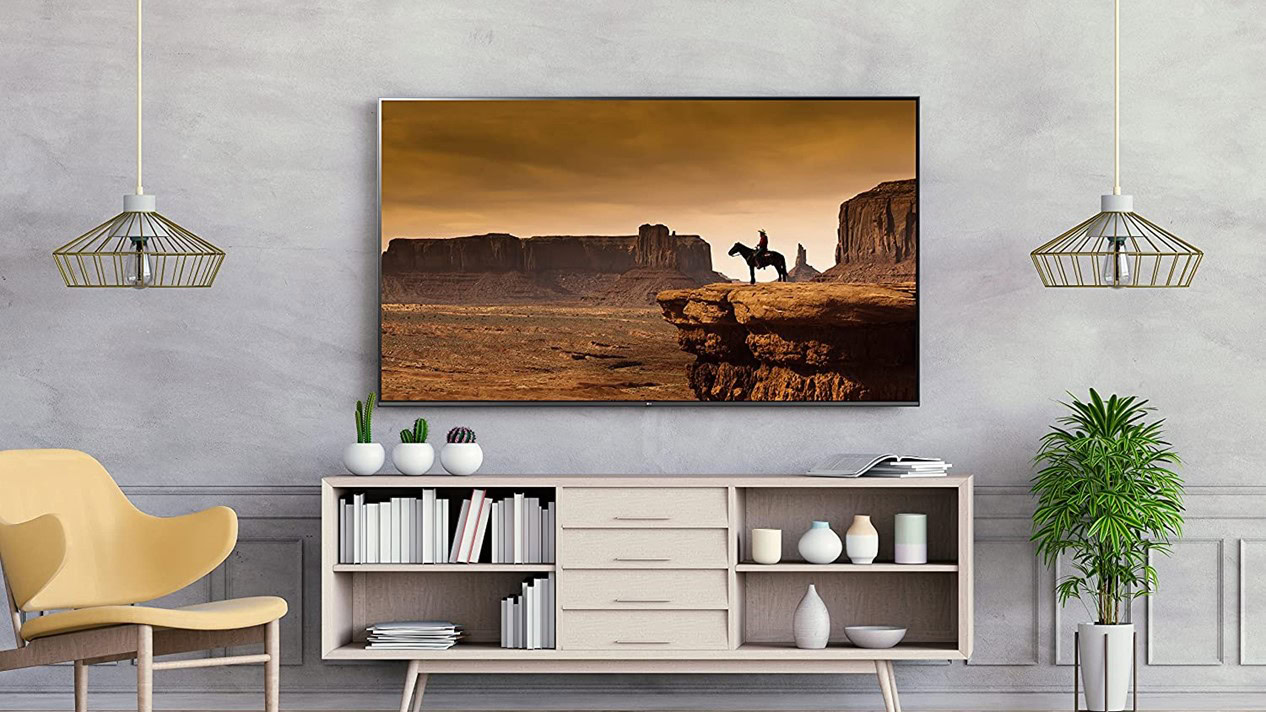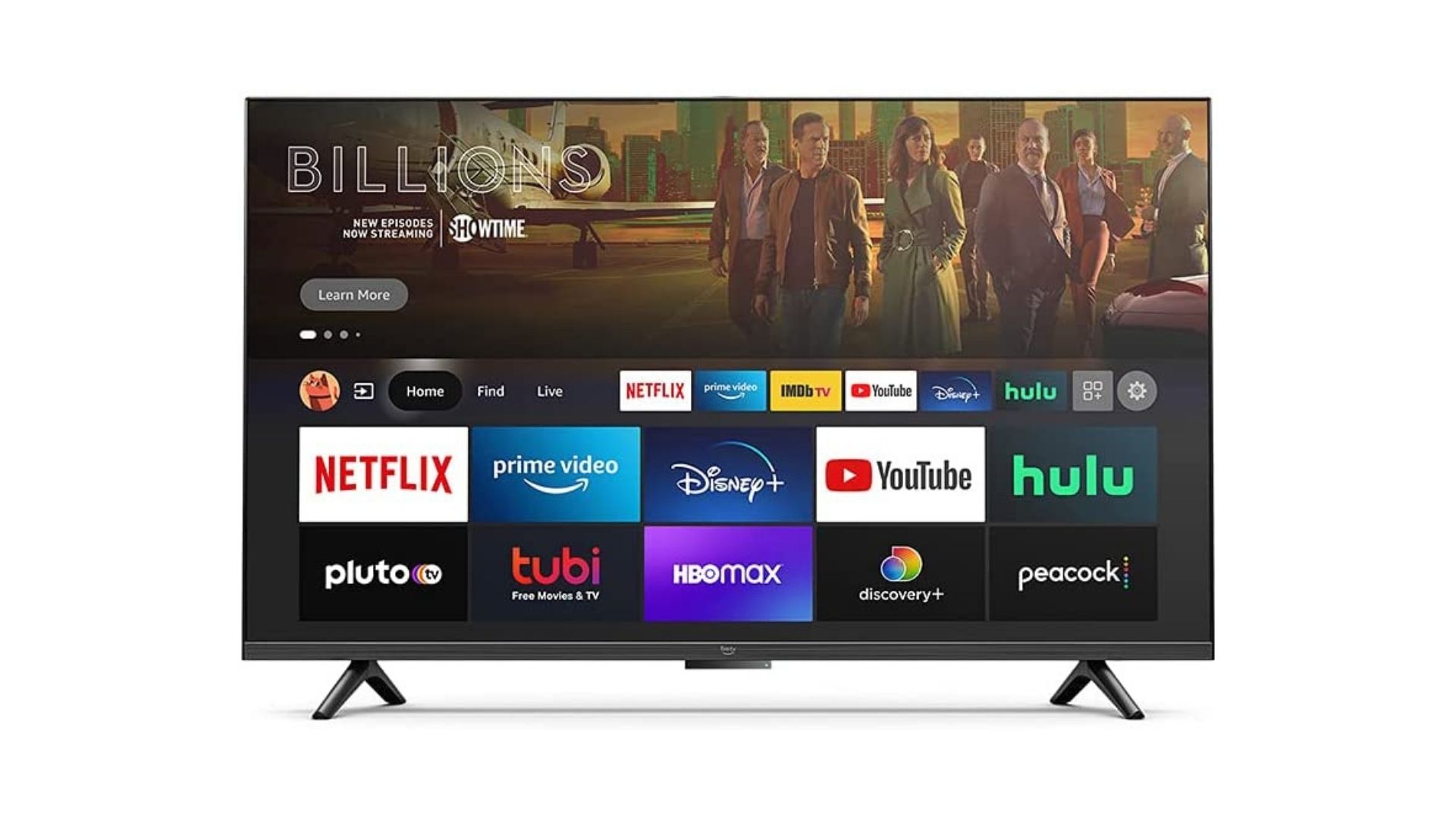Affiliate links on Android Authority may earn us a commission. Learn more.
What is a Roku TV? What you need to know about TVs with Roku built-in
Published onFebruary 21, 2025
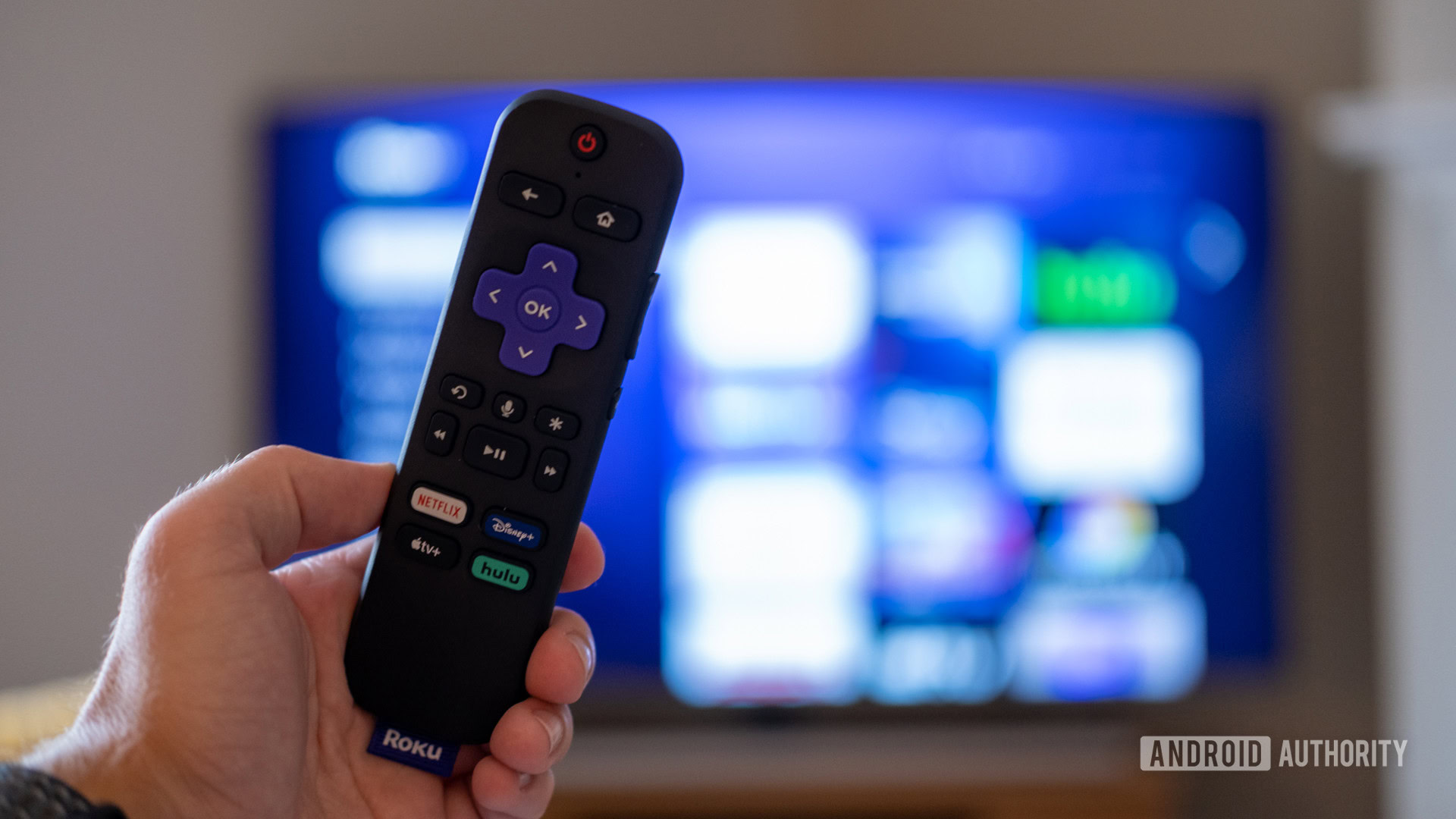
Smart TVs are ubiquitous these days. While Roku might be best known for its add-on streamers, several first- and third-party TVs have its platform built in. Here’s a rundown of what a Roku TV is and how the tech stacks up against the competition.
What is a Roku TV?
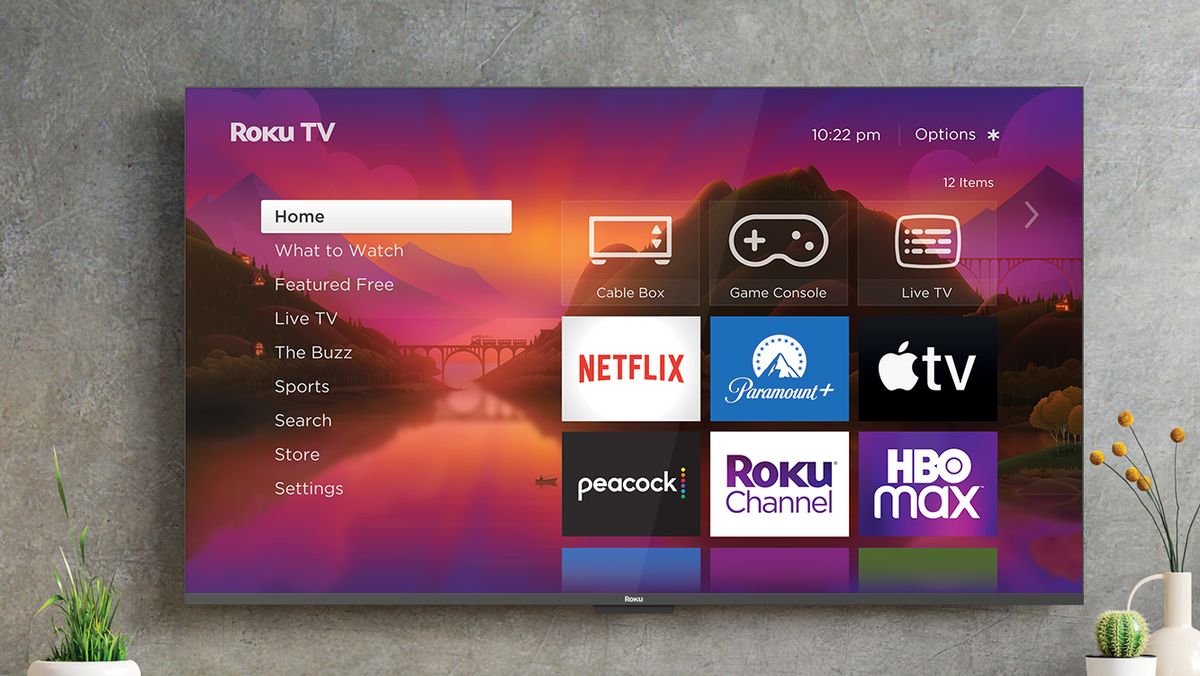
Simply put, a Roku TV is a smart TV with Roku OS baked in — it’s the default interface for everything, whether you’re using streaming apps, watching cable broadcasts, or playing a console game.
The company licenses its platform to other manufacturers, such as Onn, Sharp, RCA, and Hisense, but it also offers Roku-branded sets. These include the Select and Plus series, launched at CES 2023, and the Pro Series, which debuted a year later. The Pro Series offers 4K QLED panels, local dimming tech, and improved audio features.
When you first turn on a Roku TV, you’ll see the standard Roku OS homescreen. From there, you can access streaming apps like Netflix and Disney Plus, watch conventional television, switch inputs, and more. You’ll also be able to adjust model-specific settings, and if you have audio gear marked with the Roku TV Ready logo, you can integrate it into your home theater setup.
How is a Roku TV different from a Roku add-on?
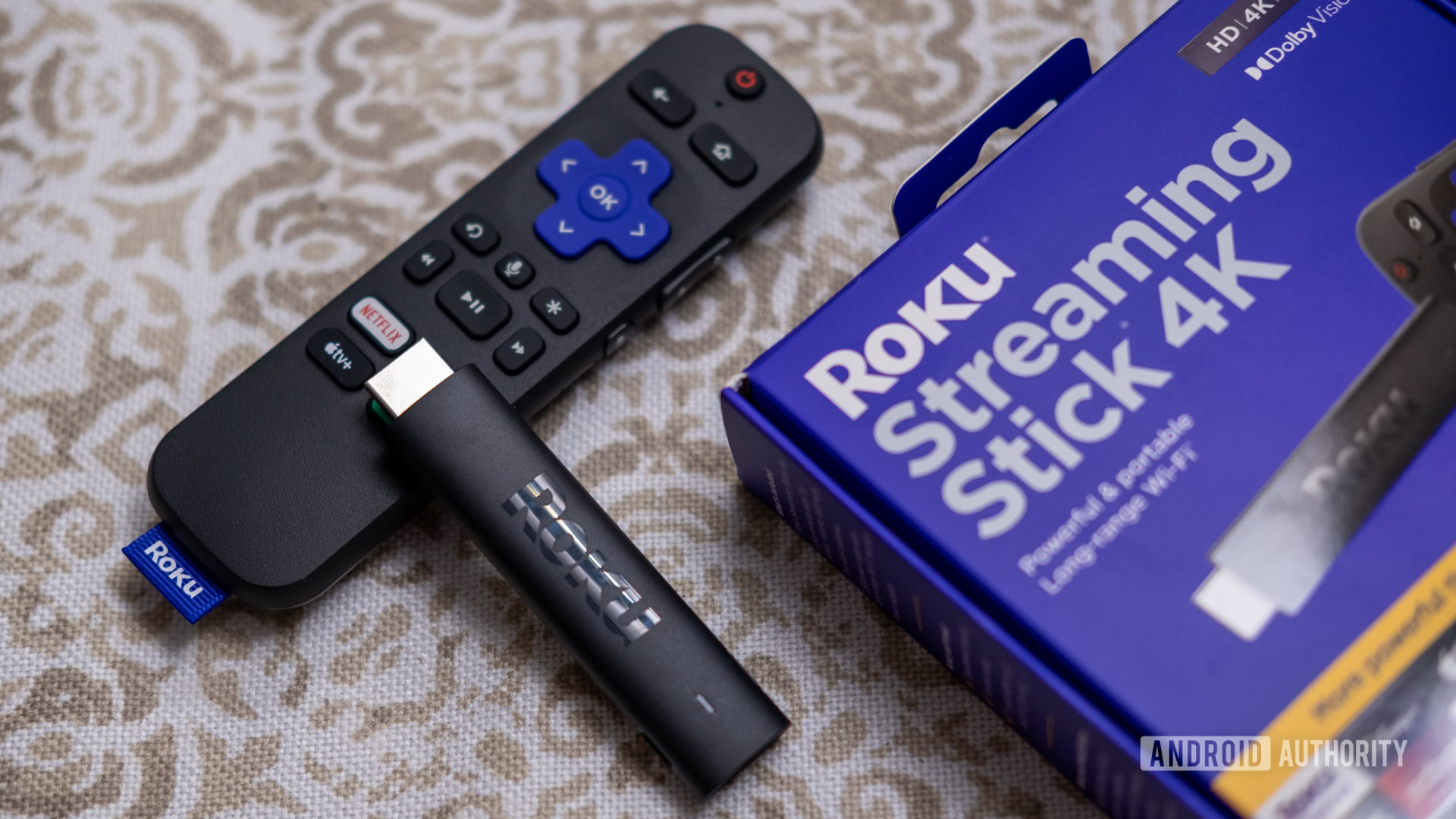
For the most part, nothing you wouldn’t expect. It’s much cheaper to buy an add-on Roku streamer, and you can move one around or swap it out at will. That’s why we recommend planning for streaming add-ons regardless of which TV you get.
However, Roku TVs have input options and live broadcasts hard-coded into their software. Picture and audio settings need to be tailored to a TV’s capabilities since it doesn’t make much sense to have the same options on a vanilla 720p set as you would on a 4K HDR TV with Dolby Atmos.
Roku TVs moreover ship with branded remotes that include power and volume controls. If you buy an add-on streamer, you’ll have two separate remotes, although the benefit may be easier channel hopping and input selection.
The difference between Roku TVs and other smart TVs
The obvious answer is Roku OS, but its neutrality is notable in this context. You’re not locked into a single voice assistant or smart home platform, so that you can use Google Assistant, Amazon Alexa, or Apple HomeKit. Both Google Cast and Apple AirPlay will work, too.
Likewise, Roku doesn’t force you to buy or rent movies from a first-party store. In fact, when you search for a title, you’ll see an assortment of options and prices, including subscription services you may already have.
Roku TVs work with multiple voice assistants and smart home platforms, unlike some other offerings.
Functionally, Roku TVs tend to be on par with their rivals. Higher-end models support standards like 4K, 8K, HDMI 2.1, Dolby Atmos, and/or Dolby Vision. You’ll probably have to look elsewhere for OLED sets, but you can still get impressive color and contrast on models with Mini LED or QLED.
Roku TV vs. Samsung, Apple TV, Fire TV, webOS, and Google TV
It’s time to get into specific comparisons. One more general thing to point out, however, is that app catalogs can vary. Twitch, for example, doesn’t have a native Roku app, even though a client does exist for Apple TV, Fire TV, and Google TV owners. The platform is normally well-stocked, and some niche apps exist only on Roku.
Samsung
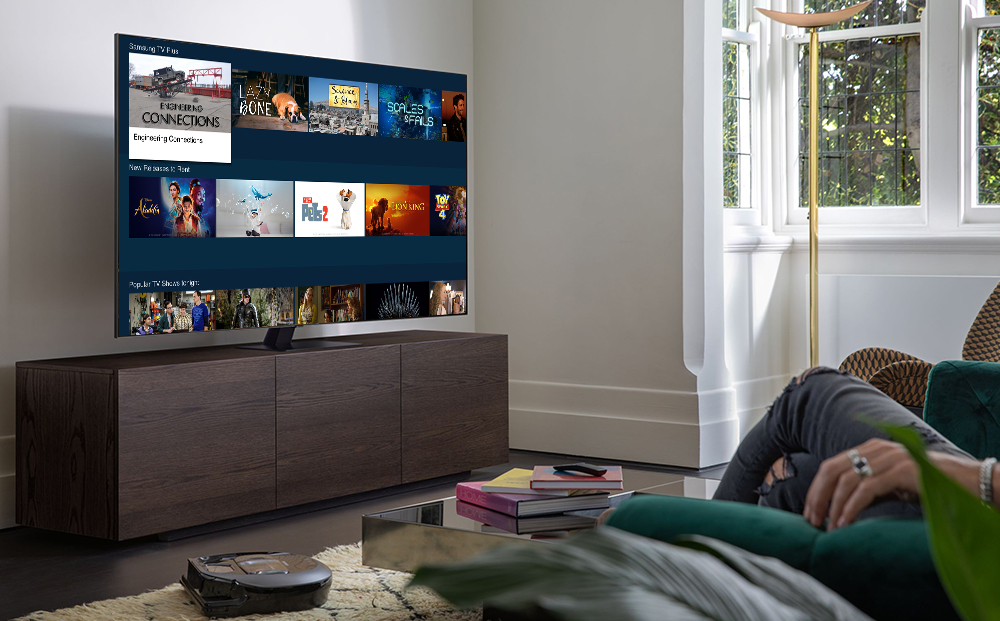
Samsung uses a custom operating system known as Tizen. This allows tight integration with SmartThings and Bixby, but third-party devices and platforms may not slide in as cohesively as they do on RoFku.
Samsung TVs tend to have simple user interfaces and a decent selection of apps. That includes Samsung TV Plus, which offers free TV and some movies, though the best selection is reserved for Americans.
Some people may find Tizen’s interface limiting, particularly its search features. You’re probably better off buying an add-on streamer, even if you get one of Samsung’s top-end TVs.
Apple TV
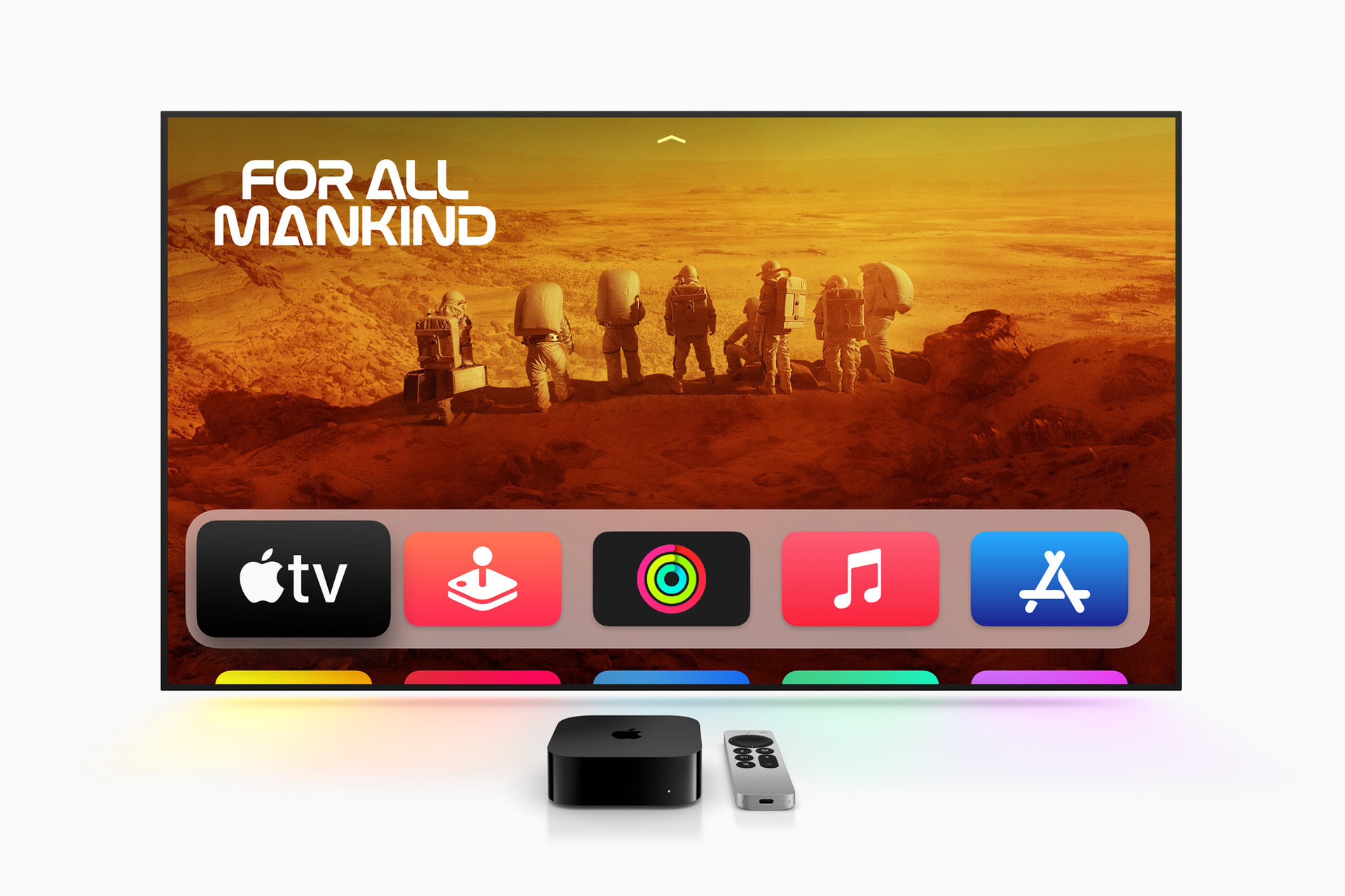
Apple doesn’t manufacture TVs, but it does make an add-on streamer called the Apple TV 4K — not to be confused with its multi-platform streaming service, Apple TV Plus.
The Apple TV 4K is often considered a gold standard in terms of performance and ease of use. It is, however, one of the most expensive add-on options, and you’ll only get the most out of it if you buy into other Apple products. iPhone and Apple Watch owners get pop-up controls when media is playing, and they can pair a couple of HomePods as double-duty wireless speakers. Some services can’t be found on other smart TV platforms, such as Apple Arcade and Apple Fitness Plus. In terms of smart home/voice tech, you’re tied into Siri and HomeKit.
App selection is excellent, including several high-quality games, but you won’t be able to buy or rent movies directly unless you get them from Apple. If you want something from another store, you’ll have to pay on another device and only then launch the appropriate Apple TV app. Roku allows you to pay for some third-party content straight-up.
Fire TV
Like Roku, Fire TV can be found on add-on devices and first- and third-party TVs. Your voice assistant and smart home platform is Alexa, which is generally a good thing — Alexa remains the most popular choice for smart speakers and smart home accessories; you can pair Echo speakers with TV audio.
App selection is good, though we should note that Amazon really, really wants you to try first-party services like Prime Video and Music Unlimited. The Fire TV interface is skewed towards them, so while Amazon’s interests won’t interfere too much, Roku’s neutrality may suddenly seem more attractive.
webOS
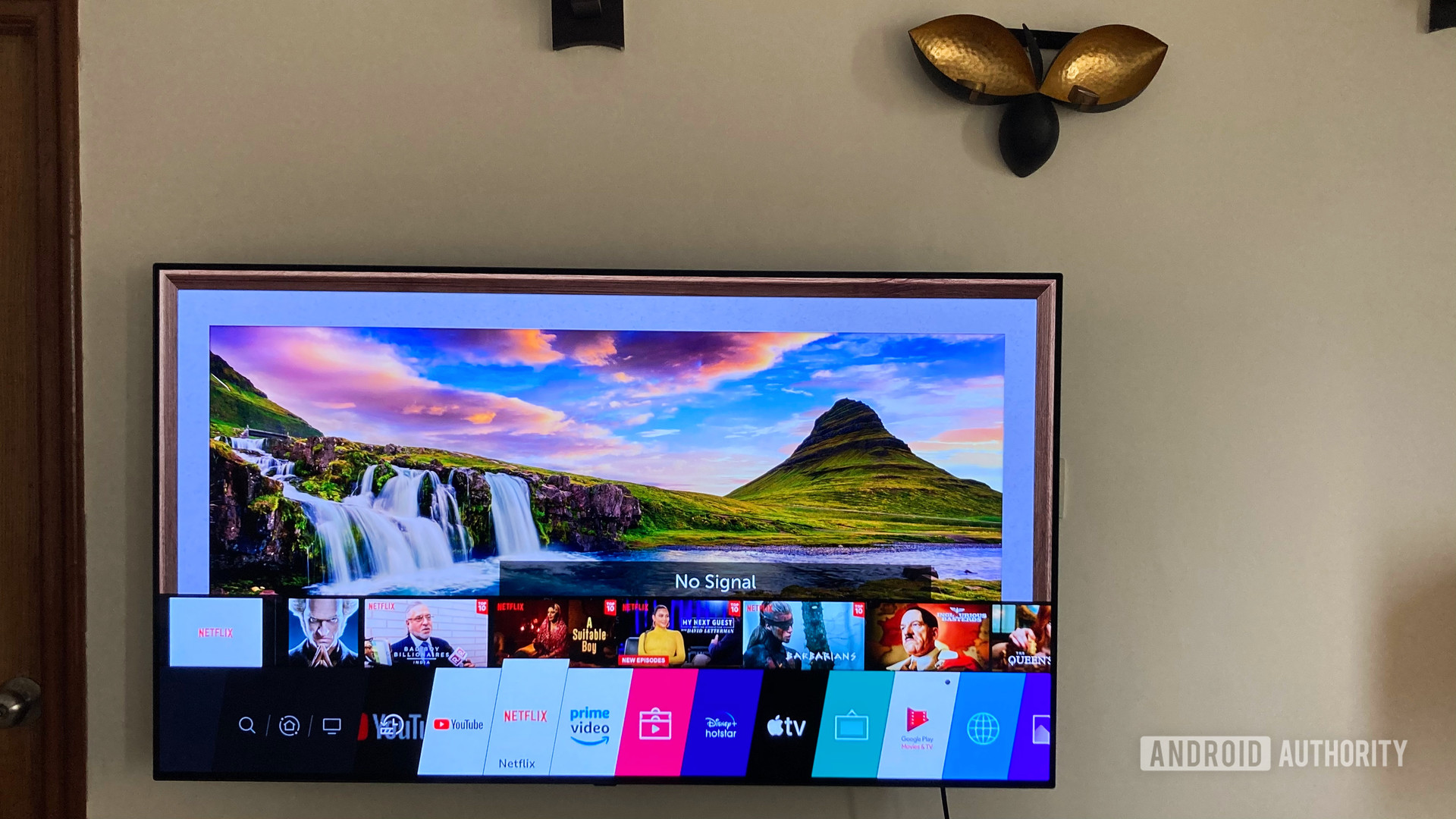
webOS is exclusive to LG sets. Its bookmark-like interface is unique, but notably, you can choose to use Google Assistant or Amazon Alexa as your voice assistant.
Another feature here is live apps, which let you pause content in one app, then return later and resume where you left off. This can be useful if you’re a multitasker and want to save your progress in a show or movie.
If there’s a larger problem, it’s app availability. You shouldn’t have an issue accessing major streaming services, but you may run into gaps other platforms don’t have.
Android TV and Google TV
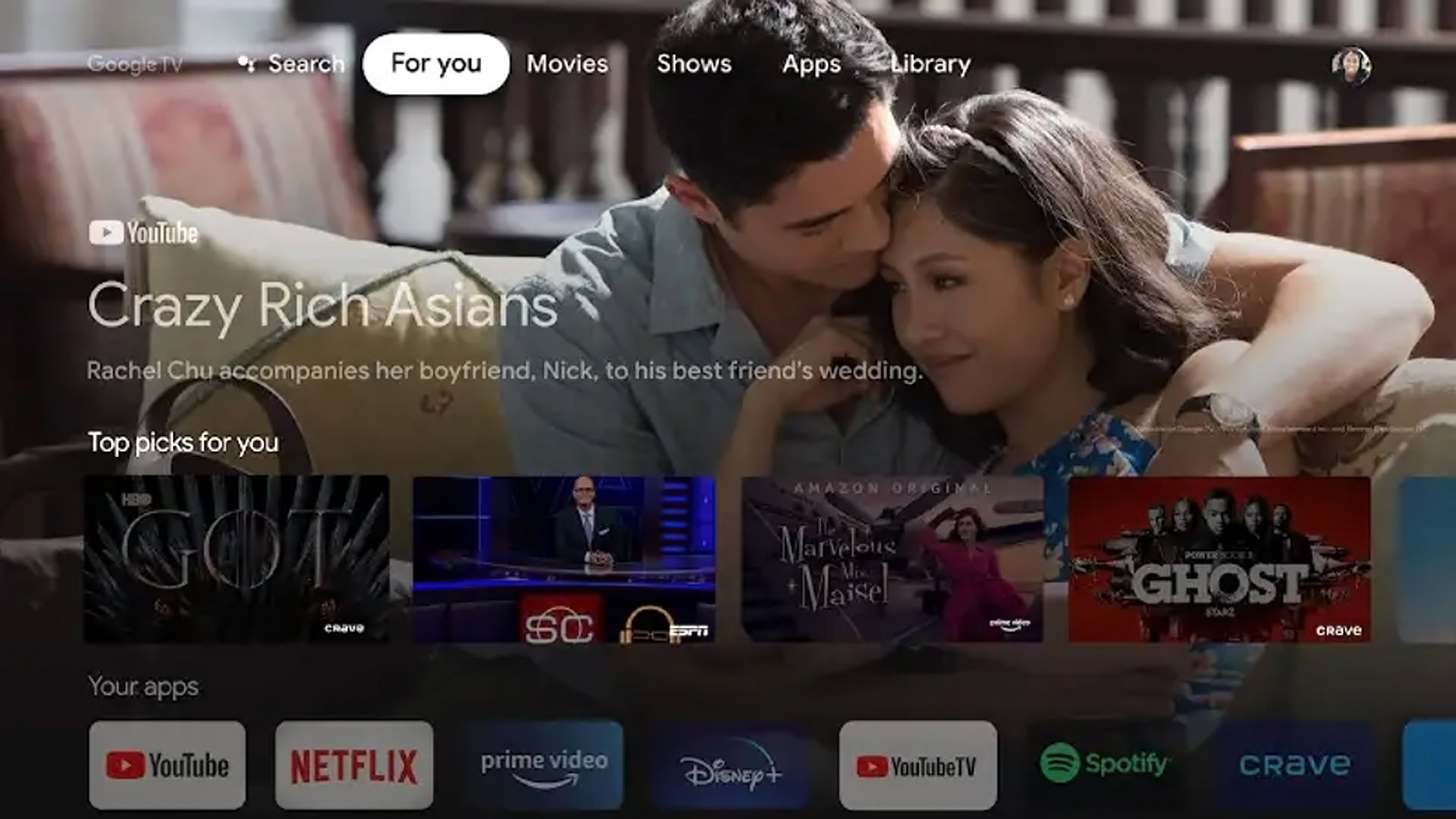
Android TV and Google TV are largely self-explanatory, including their integration with Google Assistant and Google Home. There’s an obvious advantage with either if you use an Android phone, even if iOS users are welcome.
We should say that Google TV is the newer of the two and has essentially taken over Google’s smart TV efforts, though both have a large stable of interchangeable apps. There are third-party TVs with the platform and first-party add-on streamers in the form of retired Chromecasts, the Google TV Streamer, and other devices.
Unlike Roku, there’s a strong focus on curation. The Google TV homescreen offers a range of personalized recommendations linked to genres, apps, individual titles, or your watchlist. Thankfully, it doesn’t play favorites, so while you can certainly buy or rent from Google — or sign up to YouTube TV — third-party services get just as much limelight.
Should I buy a Roku TV?
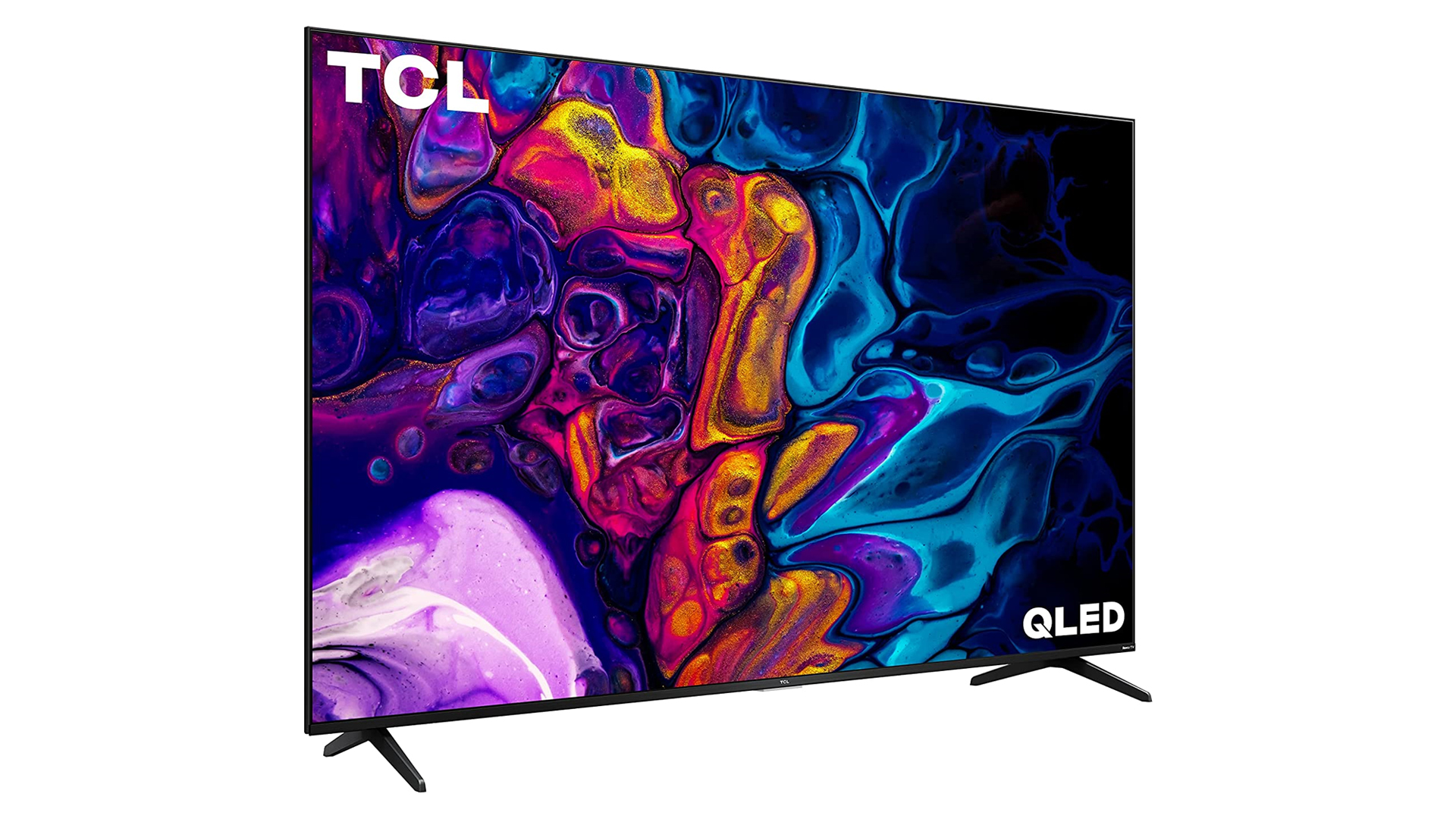
It’s hard to go wrong with a Roku TV, especially if you value flexibility. You may sometimes forego deeper integrations with phone and smart home platforms, but you’ll never have any serious gaps, and you won’t be shoved towards a single online store.
Mind that all of the above platforms have something to offer, and what’s most important is to prioritize specs. You can always buy an add-on streamer if you don’t like a particular interface, but you can’t change your TV’s resolution, ports, or HDR support without buying an entirely new set. If you’re hellbent on OLED, you should probably be looking at something with Google TV.
FAQs
Free channels on Roku TV include Tubi, Pluto, CBC GEM, and The Roku Channel, to name a few.
Yes, you can get YouTube TV, Apple TV, and Netflix on Roku.
Yes, you can cast to a Roku TV, but only with supported apps and supported Roku devices.
No, you cannot attach a Roku streaming device to a computer. You can use a standalone monitor if you have one, or run The Roku Channel on your PC via its browser.
Yes, some Roku devices support 4K playback, including the Roku 4K players and 4K Roku TV.
